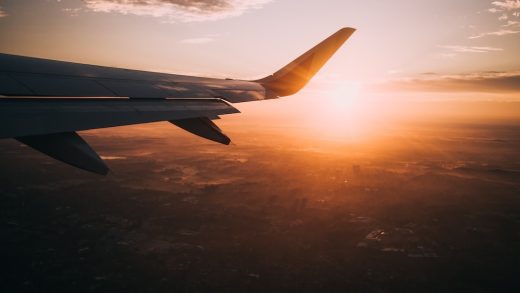Phillip Island, located in Victoria, Australia, is known for its diverse wildlife and stunning natural beauty. One of the main attractions on this island is its seal colonies, which draw visitors from around the world. In this article, we will explore the various seal populations found on Phillip Island and provide an estimate of their numbers.
Seal Species on Phillip Island
Phillip Island is home to two main species of seals – the Australian fur seal and the long-nosed fur seal. These seals inhabit specific areas on the island and can be observed in their natural habitats.
Australian Fur Seals
The Australian fur seals are the most common seal species found on Phillip Island. They can be seen in several locations, including Seal Rocks, The Nobbies, and Pyramid Rock. These seals are known for their playful behavior and can often be observed swimming, diving, and basking in the sun.
Long-nosed Fur Seals
The long-nosed fur seals, also known as New Zealand fur seals, are less numerous compared to Australian fur seals on Phillip Island. They mainly inhabit areas such as Seal Rocks and Pyramid Rock. These seals are known for their distinctively long and pointy noses, hence their name. Observing their interactions and behaviors can be a fascinating experience.
Estimated Seal Numbers
While it is difficult to provide an exact count of the seal population on Phillip Island, estimates have been made based on various studies and observations. It is important to note that these numbers may vary due to natural factors and migration patterns.
As of present, it is estimated that there are approximately 16,000 to 18,000 Australian fur seals residing on Phillip Island. These numbers have shown an increasing trend in recent years, indicating a healthy population.
On the other hand, the long-nosed fur seal population on the island is estimated to be around 2,000 to 3,000 individuals. While smaller in number compared to Australian fur seals, their presence adds to the biodiversity and richness of the island’s seal colonies.
Conservation Efforts
Phillip Island is dedicated to preserving its unique wildlife and habitats, including the seal populations. Several conservation initiatives have been implemented to ensure the long-term survival of these seals.
These efforts include monitoring and research programs to gather data on seal populations and their behaviors. Furthermore, strict regulations are in place to protect the seals and their habitats from human activities.
Visitors to Phillip Island are encouraged to follow responsible tourism practices, such as maintaining a safe distance from the seals and not disturbing their natural behaviors.
Phillip Island provides a wonderful opportunity to observe and appreciate the beauty of seals in their natural habitats. The estimated numbers of Australian fur seals and long-nosed fur seals highlight the significance of these colonies on the island.
By promoting conservation and responsible tourism, we can ensure the continued presence of these remarkable creatures on Phillip Island for generations to come.



